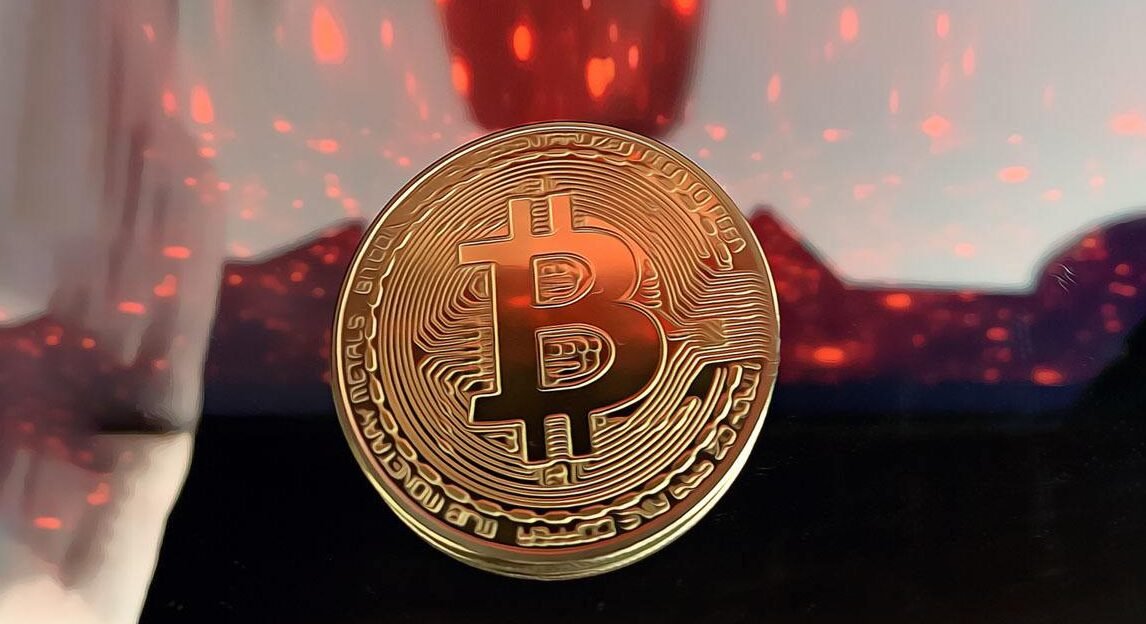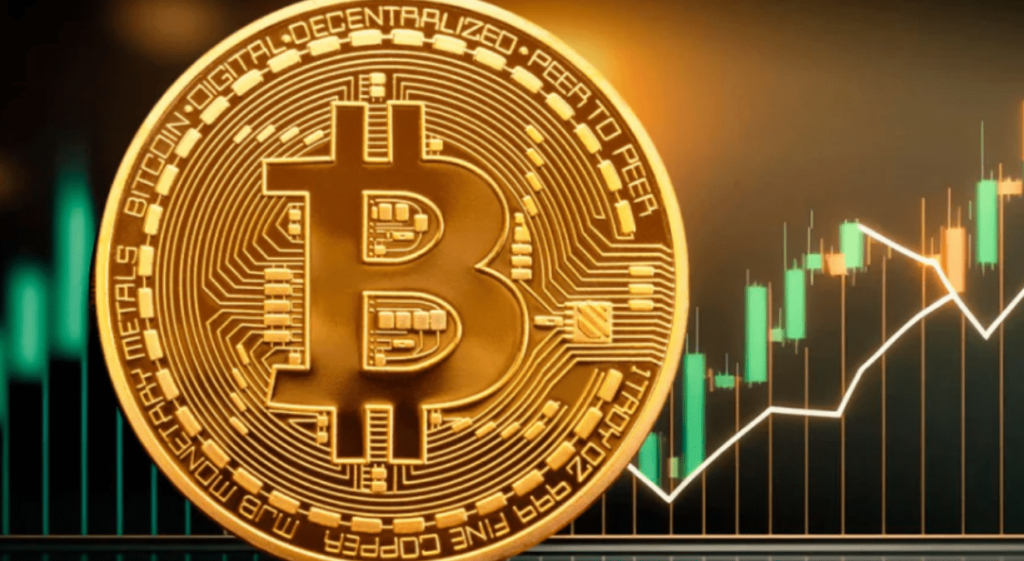By May 2025, Bitcoin has skyrocketed to a noteworthy new high—$97,000. Growing hope about the reduction of trade tensions between the US and China drives much of this considerable rise in its value. Apart from this, savvy institutional investments and a favorable legislative climate have driven this wonderful comeback.
This increase offers chances as well as difficulties for Bitcoin investors, which forces many of them to change their buying plans for additional BTC. This post will look at why Bitcoin is seeing such a strong comeback as well as several techniques to help readers negotiate this positive trend.
Bitcoin Price Surge Drivers
A key factor contributing to Bitcoin’s price surge is the hopeful sentiment surrounding US-China trade talks. Recently, there have been promising signs that both nations are working toward a resolution of their trade disputes. With the trade war easing, the markets have responded positively, particularly in Europe and the U.S., where stock prices have seen upward movement. This positive momentum has spilled over into the cryptocurrency market, providing a boost for Bitcoin, which often serves as a hedge against traditional market volatility.
 Additionally, the U.S. government has been taking steps to relax its stance on cryptocurrency regulation, another factor that has fostered investor confidence. The U.S. Securities and Exchange Commission (SEC), known for its stringent oversight, has recently signaled that it might reduce its focus on cryptocurrency enforcement. These developments have paved the way for larger institutional investments, thereby driving up the price of Bitcoin.
Additionally, the U.S. government has been taking steps to relax its stance on cryptocurrency regulation, another factor that has fostered investor confidence. The U.S. Securities and Exchange Commission (SEC), known for its stringent oversight, has recently signaled that it might reduce its focus on cryptocurrency enforcement. These developments have paved the way for larger institutional investments, thereby driving up the price of Bitcoin.
Bitcoin’s Price Surge
The rising Bitcoin price is a result, in great part, of institutional investors. Renowned company intelligence tool MicroStrategy Inc. has started to be among the most outspoken supporters of Bitcoin. Over the previous few years and still now, the corporation has been heavily buying Bitcoin. MicroStrategy declared in early 2025 that it now owned over half a million Bitcoin after acquiring another 301,335 BTC, hence increasing its overall holdings. Valued at about $37 billion, this action shows a strong dedication to Bitcoin as a store of value and inflation hedge.
Institutional investors are increasingly viewing Bitcoin as a complementary asset class to stocks and bonds, as MicroStrategy’s Bitcoin bet shows. Cantor Equity Partners and other corporations have seen stock values rise after buying Bitcoin and other cryptocurrencies. As these enterprises invest in digital assets, more institutional investors follow, raising Bitcoin’s value.
U.S. Bitcoin Reserve
The U.S. government’s action to create a Strategic Bitcoin Reserve is another innovative development influencing Bitcoin’s price. President Trump signed an executive order establishing this reserve in March 2025 that will house government-owned Bitcoin as a national reserve asset. This action emphasizes the rising relevance of Bitcoin as a legal means of wealth preservation on a worldwide scene.
The U.S. government has stabilized the Bitcoin market with 200,000 BTC in its strategic reserve. The US, the largest Bitcoin holder, is demonstrating to other nations and organizations how the metal is entering the global financial system.
Bitcoin Investment Strategies Overview
Investors seeking to profit from the surge of Bitcoin may employ various approaches. The choice of strategy to apply relies on the investment goals, time horizon, and risk tolerance of the particular investor.
1. Dollar-Cost Averaging Strategy
Dollar-cost averaging is the method wherein an investor, independent of price, purchases a set quantity of Bitcoin at regular intervals. This method guarantees that the investor isn’t purchasing too much Bitcoin when prices are unusually high or too low and helps to level out the effect of transient price swings. For individuals who want to reduce risk and maximize long-term growth possibilities, this is a great plan.
2. HODL Investment Strategy
Purchasing Bitcoin and keeping it for a long time is another well-liked tactic under the “HODL” technique. Those that use this approach think that even if Bitcoin shows notable price volatility in the near future, it will eventually appreciate. Investors that are sure about the future of Bitcoin and ready to ride market fluctuations will find this approach most appropriate.
3. Lump-Sum Investing Risks
For investors with a significant amount of capital and a higher risk tolerance, lump-sum investing is an option. This strategy involves purchasing a large quantity of Bitcoin at once, potentially benefiting from the price appreciation over time. However, it also exposes investors to the risk of buying at a market peak, which could lead to short-term losses if the price drops.
4. Technical Analysis Insights
Many times, experienced investors use technical analysis as their compass for decisions. Investors may try to forecast Bitcoin’s price swings by examining market indicators, trade volumes, and price charts. Although technical study calls for a strong awareness of market dynamics, it can offer insights that enable investors to time their sales and purchases more precisely.
Final thoughts
There is a positive attitude about US-China relations. More institutional investment and rising acceptance of Bitcoin as a store of wealth all directly contribute to Bitcoin’s recent climb to $97,000. Strategies such dollar-cost averaging,
Lump-sum investing, and technical analysis provide options for Bitcoin buyers based on their risk tolerance and investment horizon.ment horizon.ment horizon. As Bitcoin gains popularity, its price is expected to rise; therefore, we should watch it constantly.


